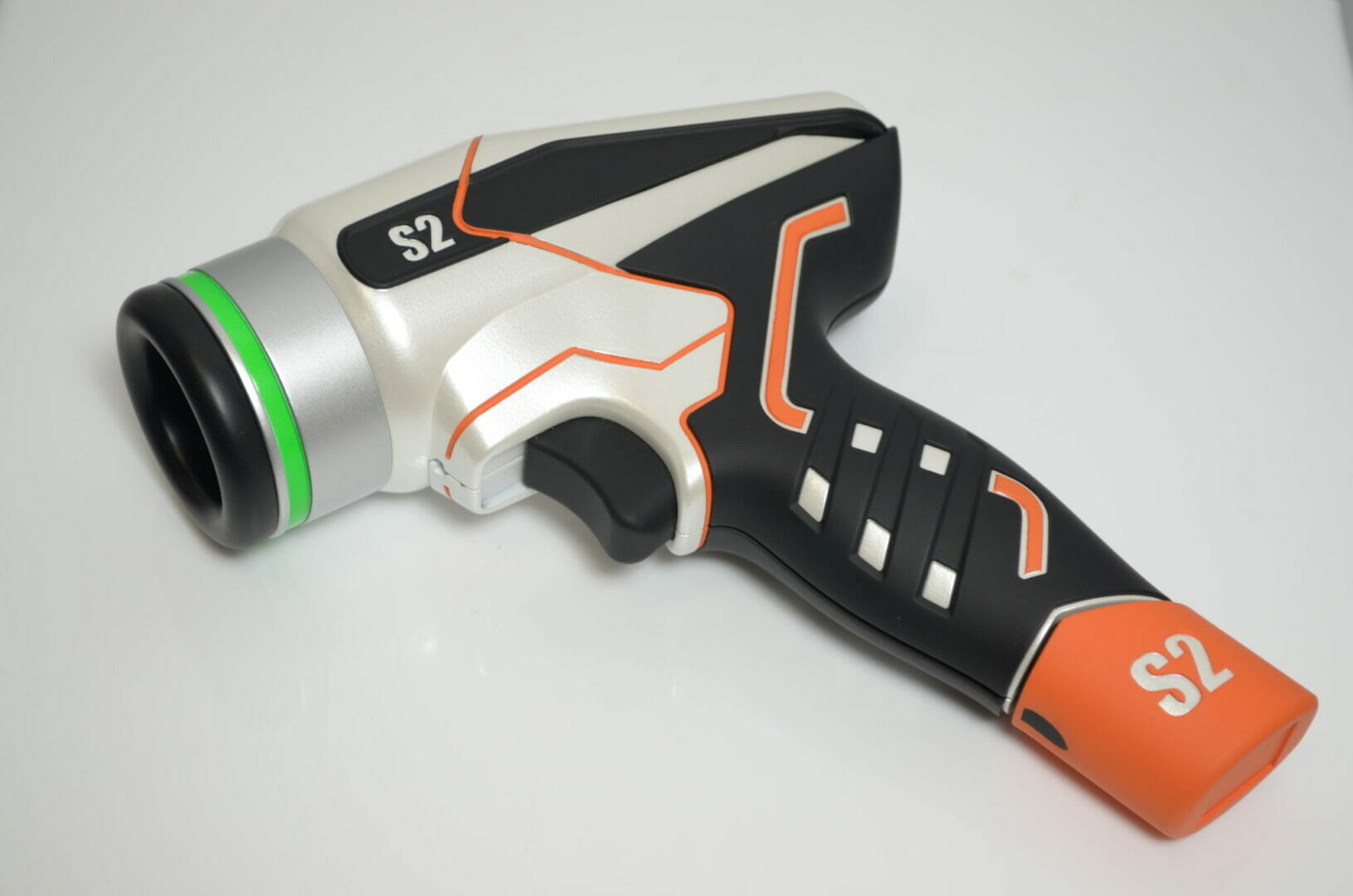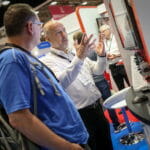A precision-engineered replica model of an analysis tool allowing farmers to test for possible contamination in food is helping a technology company attract investment which could maximise yields and cut the spread of disease.
The Agrichem Residue Tester is a hand-held chemical and contaminant analysis tool developed by innovative New Zealand based environmental design house Koringa Systems.
The portable tester (ART S2) will work on any food stuffs or hard surface to identify any chemical or pesticide, herbicide and fungicide from a seed through to final harvest. A farmer would be able to detect over watering, contamination and other information to be able to maximise yields in a sustainable way.
Hertfordshire-based prototyping specialists Ogle was commissioned to build a model of the device to demonstrate its eventual look and feel to potential investors.
Bob Steele, Director and Chief Technical Officer of Koringa Systems, said: “The customer service and finishing were outstanding. They immediately grasped what we were trying to achieve and everything we asked for was completed to the highest standard. Ogle and Matt White specifically made some excellent suggestions that just made the model pop.
“We’re absolutely thrilled. The biggest compliment I can give Ogle is that everyone who has seen it at trade shows wants to keep it. We’re forever asking for the model back.”
As part of the brief, the battery pack and main scanner part needed to have a positive clip feel without having any actual clips within the prototype. To achieve this, magnets were used and the team at Ogle had to experiment with which ones worked best, where to locate and how best to fix them in position.
As the model was predominantly for use to attain investment, the finishing and realistic detailing was a key factor in the build.
Selecting SLA to ensure the best level of finishing and crisp detail, Ogle ensured the item was realistic in weight and finishing. Lead weights were placed in an internal cavity and secured in strategic areas to ensure the centre of gravity was correct.
The paint and hand finishing were imperative to this model. To achieve the quality, certain details and features were split at CAD stage and printed separately to give the model crisper split lines for the finer detailing.
A variety of paints and lacquers were applied for the production-like appearance. The handle included a soft-touch paint to mimic a rubber feel, iridescent paint on machined Perspex to simulate a lens as well as using metallic paints to represent metallic components without the added cost of machining them from actual metal.
For more information about Ogle Models visit https://www.oglemodels.com/







